Design of Prefabricated Steel Structure Warehouse
Designing a prefabricated steel structure warehouse is a comprehensive project that requires consideration of multiple factors, including the functional requirements of the warehouse, structural safety, construction convenience, cost-effectiveness, and environmental protection requirements. The following are the basic steps and key points for designing a prefabricated steel warehouse:
1. Preliminary preparation
- Demand analysis: clarify the purpose, storage capacity, cargo type, loading and unloading methods, etc. of the warehouse to determine the scale and layout of the warehouse.
- Site survey: survey the construction site to understand the geological conditions, topography, climate conditions, etc., to provide a basis for the design.
- Laws, regulations and standards: be familiar with relevant building regulations, design specifications and environmental protection requirements to ensure compliance with the design.
2. Design planning
- Overall layout: determine the overall layout of the warehouse based on the results of the demand analysis, including the plane shape, aspect ratio, number of floors (if it is a multi-storey warehouse), import and export locations, etc.
- Structural selection: select a system suitable for prefabricated steel structure, such as portal frame light steel structure, and determine the cross-sectional dimensions and materials of components such as steel columns, steel beams, and roof trusses.
- Load calculation: According to the use requirements of the warehouse and local climatic conditions, calculate the loads borne by the structure, including constant loads (such as structural deadweight), live loads (such as cargo weight, personnel activities), wind loads, snow loads, etc.
- Temperature expansion joint setting: For warehouses with large spans and multiple spans, it is necessary to consider the impact of temperature stress on the structure and reasonably set temperature expansion joints.
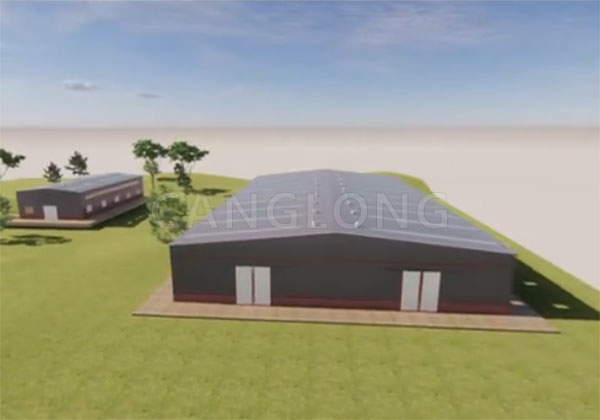
3. Detailed design
- Component design: According to the structural selection and load calculation results, carry out detailed component design, including steel columns, steel beams, roof trusses, support systems, etc., to ensure the strength and stability of the components.
- Node design: Design the connection nodes between components to ensure that the node connection is reliable and the force transmission is clear. For prefabricated steel structures, the node design should be easy to install on site.
- Enclosure system design: Design the enclosure system of the warehouse, including walls, roofs, doors and windows, etc., to ensure the insulation, heat insulation, waterproofing, ventilation and other properties of the warehouse.
- Foundation design: According to the geological survey results and structural design requirements, design the foundation of the warehouse to ensure the bearing capacity and stability of the foundation.
4. Construction preparation
- Prefabricated component production: Prefabricate steel components in the factory according to the design drawings, and conduct quality inspection and pre-assembly inspection.
- Construction organization design: Prepare a detailed construction organization design, including construction process, construction methods, construction machinery selection, construction safety measures, etc.
- Site preparation: Clean the construction site, build temporary facilities, and prepare construction materials and equipment.
5. Construction implementation
- Foundation construction: Carry out foundation excavation, pouring concrete cushion, tying steel bars, pouring foundation and other construction according to design requirements.
- Component installation: Transport prefabricated steel components to the site, hoist and install them to ensure that the connection between components is accurate and firm.
- Enclosure system installation: Install enclosure systems such as walls, roofs, doors and windows to ensure the closure and functionality of the warehouse.
- Acceptance and commissioning: After the construction is completed, quality acceptance and commissioning are carried out to ensure that the warehouse meets the design requirements and usage requirements.
6. Post-maintenance
- Regular inspection: Regular inspection of the warehouse, including structural safety, enclosure system performance, equipment operation status, etc.
- Maintenance: Repair and maintain the problems found in time to ensure the normal use of the warehouse and extend its service life.
In summary, the design of prefabricated steel structure warehouses requires comprehensive consideration of multiple factors, and careful planning and implementation are required from preliminary preparation to later maintenance. Through scientific and reasonable design and construction, the safety, economy and environmental protection of prefabricated steel structure warehouse can be ensured.


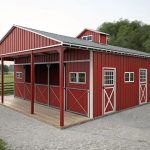
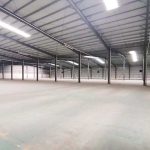

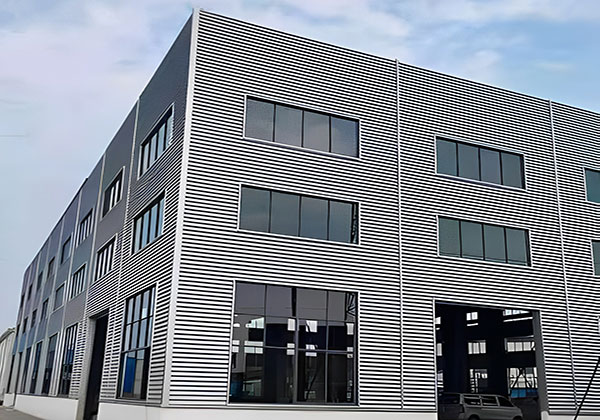
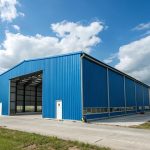
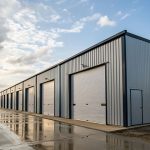
Send us the inquiry form